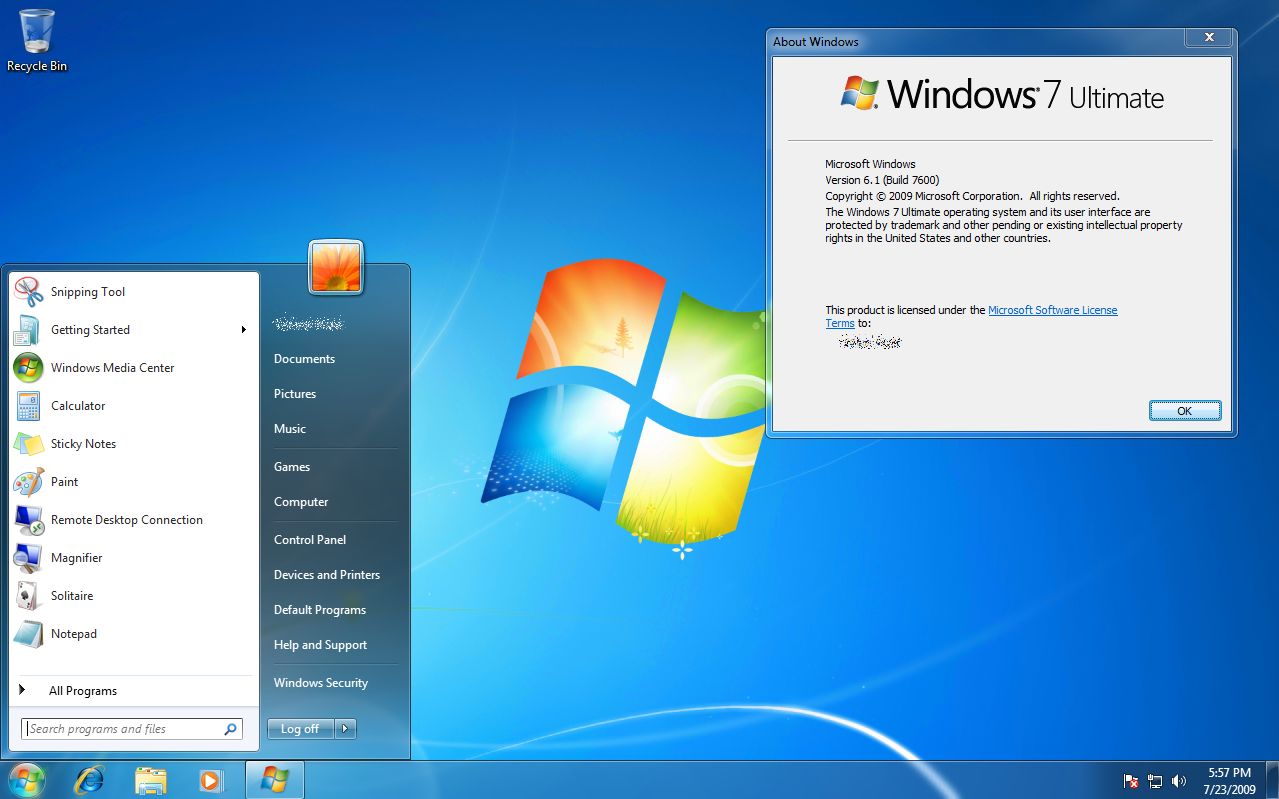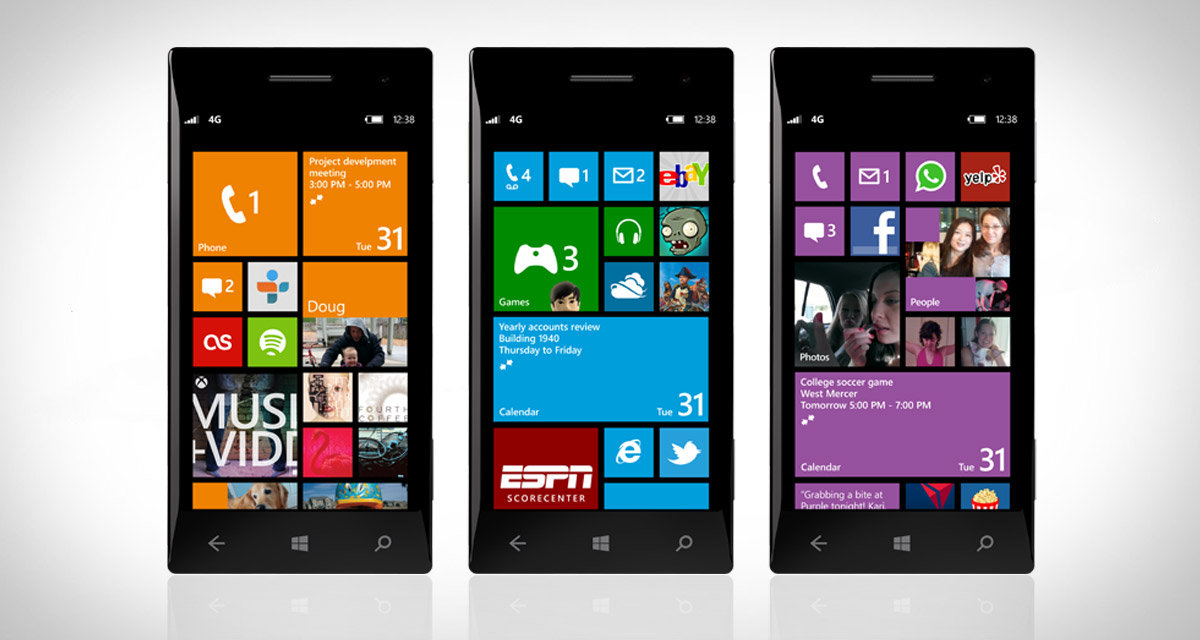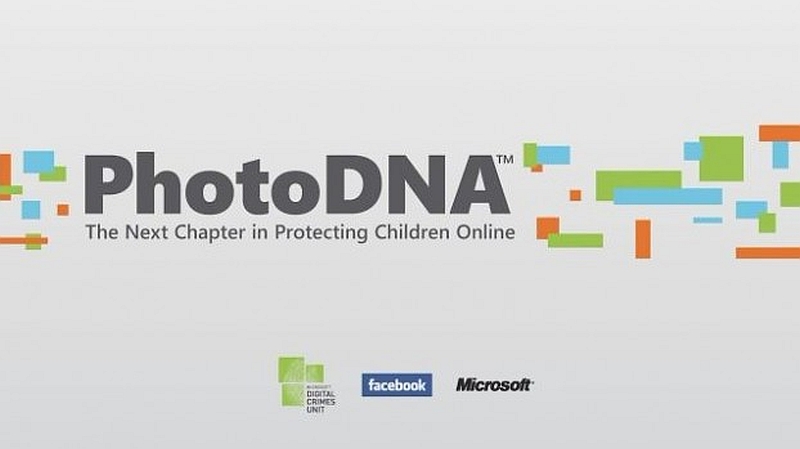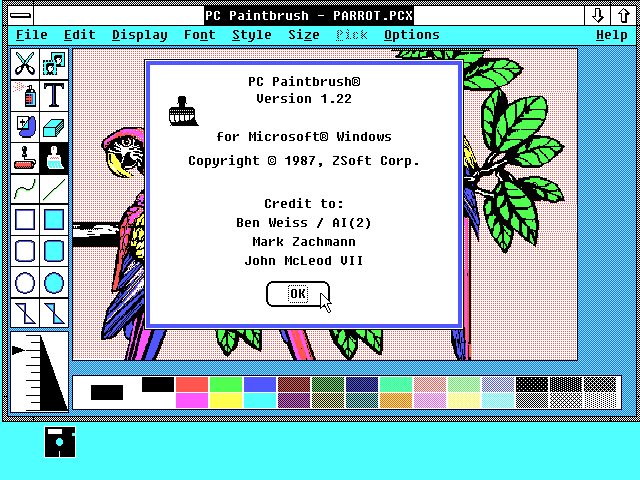Tag Archives: Microsoft
Support for Windows 7 ends today

It is a sad day, as Microsoft is officially ending updates and security patches for Windows 7, the popular OS still being used by a large majority of PCs. Windows 7’s popularity stems in part from the large-scale rejection of Windows Vista (which I never had a problem with, personally), itself an apparent upgrade from Windows XP, which was also widely hailed and widely used.
This will cause some problems for people, small businesses and even large corporations that still heavily rely on the OS, as they will no longer be able to secure the platform after today. The fact that Microsoft is willing to provide continuing security updates for $25 per machine to start is not an effective IT strategy for a business, plus you can use Microsoft’s own upgrade tool to upgrade your machine for free. While we all loved Windows 7, it really is time to move on.
While sad, it’s also understandable, as companies must evaluate where they should delegate resources, especially when they have so many previous versions of Windows. On the other hand, considering the user base is still so strong, almost 33 percent right under Windows 10’s 47 percent, one might think they would still consider it an important horse in the stable, but people aren’t going to upgrade if you don’t give them good reason. Plus, I don’t see any major new versions of Windows (Windows 11? 14?) being released anytime soon, now that Microsoft is moving past CEO Satya Nadella’s ‘Mobile-First, Cloud-First” strategy into “Everything AI,” which still embodies some of the previous mantra.
Microsoft has, in my opinion, made great strides lately in terms of opening their platforms, becoming more accessible, and playing nice with other companies. Plus, you could always run Windows 7, or any other Windows version, in a virtual machine and never have to forget the glory days of the last great operating system.
Plus, you know it will end up available like this or this someday anyway.
Fixing a component install error in Visual Studio Community 2017 (hint: It’s really easy)

I recently noticed in the notification window of Visual Studio Community ’17 that there were some Azure-related updates available. Normally these updates lead to an uneventful experience in which I approve the updates, VS takes a loooong time to download install said updates, then everything moves forward as planned. This time, however, was slightly different so I thought I’d bring you all on my journey of discovery and illustrate why Visual Studio’s attempt to help me figure out what went wrong was so unhelpful. Even so, it’s an easy fix that I’m guessing many of you could figure out anyway. Indeed, my approach takes the slightly longer way round.
The story begins with the update notifications. This is a very common thing to happen with this particular Integrated Development Environment (IDE), and now that I think about it, I can’t recall a time there weren’t updates to be had. Anyway, as I mentioned they’re normally uneventful, and these two were for components I don’t use too terribly much – Azure Data Lake and Stream Analytics Tools, and Azure Functions and Web Jobs Tools. The former are tools to aid and assist with the streaming, gathering, and analysis of the massive amounts of data gathered from IoT connected devices, and that is an area in which I have significant interest, so these tools will be useful for me soon (I hope). Azure Functions and Web Jobs Tools are of less interest to me, but I can’t have an incomplete update hanging in the air above me. So, without thinking too much about it I clicked the notification, clicked on [Update], and went about my business.
As expected, the process began without much of a hitch.
I should mention that when it comes to Visual Studio, you don’t ‘update’ or ‘patch,’ you instead ‘Modify.’ All just a big semantics issue. Anyway, although things had gone well up to this point, that was about to change.
So the Data Lake and Stream Analytics tools installed fine, but the functions and Web Jobs tools was another story. I don’t even need those, and I probably should have let it go, but I just couldn’t. That red X would have haunted my dreams.
The obvious next step was to check the install log, as the Installer so helpfully suggested. Speaking of the installer, and if you’re interested, VSIX is a method of deploying updates to Visual Studio, and does so in the right place with the right components and so on. It’s a compressed file, and you can even rename a VSIX file to .zip and extract it. Just wanted to get that out of the way.
I clicked on “View Install Log,’ and the result was a log that was a breezy 865 lines long, and mainly, but not entirely, comprised of stuff that looked like this:
This log punches you in the gut twice, because A) You have to find the part that identifies the problem in those 800+ lines all on your own, and B) the part that identified this particular problem was all the way at the very end. Luckily, ctrl-F helped out significantly here.
Luckily, I knew, or at least suspected, that from here it would be easy. That the update task didn’t exist and the setup instance was not in a launchable state indicated to me that there was a disagreement between the installer and Visual Studio, and not that some fatal, unrecoverable error had happened. Fortunately, my suspicions turned out to be correct and it was really easy to fix. In fact, I could have just done it from within Visual Studio, but this is more illustrative. At least I think it is. Maybe it’s not.
I didn’t even need to go full control panel on it. I simply went in to the apps section of settings, scrolled down to Visual Studio, and selected ‘Modify.’
That brought up the Modification window with the ‘Workloads’ tab highlighted, but we want ‘Individual Components.’
You’ll notice that ‘Microsoft Azure WebJobs Tools’ isn’t highlighted, so easy fix. That’s also the reason I mentioned earlier that it could easily be repaired from within VS itself. Clicking that checkbox caused almost all the other checkboxes to become selected, and after clicking [Modify] there in the lower right-hand corner, the long, slow update process began anew!
It was at zero percent for a long time, but that’s normal for Visual Studio. Its updates are never a quick thing. After it chugged along for a while, success!
Remember, I don’t actually need these components, but I was not going to let the VSIX installer win, and now I could raise my head in triumph. Plus, I can experience – for a brief moment anyway, if I know Visual Studio – the blissful Zen of the empty notifications window.
When it comes to a failed component update, I have seen others suggest uninstalling and reinstalling Visual Studio, clearing caches, even making changes to the registry! I have never needed to do any of that for any kind of installation or update hiccup. I don’t know why people think that, especially when a straight repair or modify, as shown here, always works. This is not an advanced technique or a hidden trick Microsoft doesn’t want you to know about; it’s a standard, Occam’s Razor approach that should always be the first line of defense and action for this kind of thing.
If this helps anyone out there avoid all those unnecessary machinations, then I’ve done my part.
Bing does Halloween Right

Everyone knows I am a big fan of Microsoft. I always have been, even when their products were of questionable quality; what can I say, I like the company. But now, their products are masterfully designed and fully capable, a pleasure to use. Never mind they come with pricing to match, something that was once the sole domain of Apple (as were those other qualities, ahem).
Even so, I am not here to extol the virtues of Microsoft’s products or even software. No, I am here to compliment their masterwork on one of their services that, sadly, is often targeted for derision: Bing. Fan I am of Microsoft, and user of Bing, the fact is it simply doesn’t provide strong results when I do a search. It will give me results that are ten years old, not relevant to what I’m asking, or just plain bizarre. I’m no fan of Google, but I will say they do search better. So you’ll understand my elation when I can finally give Bing high praise for easily blowing Google out of the water at something search related.
Well not search related per se, but more their search page. This year, for Halloween 2017, Bing absolutely nails what a Halloween page should be, and destroys Google’s feeble video in the process. Score one for Bing! Their (almost) fully interactive homepage shows living portraits hanging on a staircase wall, and most of them have, shall we say, a unique personality when you click on them. You can view the page at any time of year by following this link, however if for whatever valid reason you have an aversion to Bing, you can also see it in the video below. Well done Bing! The fact you do Halloween right makes up for all the ineffective searches I’ve done with you over the prior year.
(I tried to research how specifically this page was created but found nothing. Probably because I searched on Bing. Still, I love the page, and I’ll always be a fan, Microsoft!).
Goodbye, MS Paint

Microsoft is removing a big collection of stalwart programs that were part of all our…well, my and my peers’…childhoods when they release the Fall Creator’s Update later this year. Screensavers are on their way out, as is Outlook Express. Some functionality such as Reader is being rolled up into Microsoft’s Edge browser. To be clear, many of these features are being deprecated, which means they are no longer being developed. In big-technology corporate-speak, however, that means they are soon to be removed altogether, although in fairness some Windows features have been deprecated for decades but are still part of Windows. Plus, the Creator’s Update will also introduce neat new features such as picking up on one device where you left off on another, as well as VR / AR features currently in development, including hardware and controllers. If you’re interested, you can read all about the Update straight from Microsoft.
The part of this that everyone is up in arms about, however, is the impending removal of MS Paint. This seems to be the thing that is garnering the most response, and causing people the most grief, or at least the most coverage. Originally developed by ZSoft as PC Paintbrush, it was licensed by Microsoft and included with Windows as Microsoft paintbrush, later changed to MS Paint. It was even originally sold with a mouse, as they weren’t such a common input method at the time.
Here’s CGA PC Paintbrush, with four colors on the screen at a a time, out of 16 possible colors. Note the way they tried to increase the available colors with textures and patterns. Good times.
Here’s a VGA version:
Of course, the reason Paint is causing such a stir is because so many people have used it for so much. We all used it just to make nonsense little drawings, and in its more recent versions it was not too bad for cropping, resizing, even making small notations like arrows and circles and whatnot. One person was even able to use it to draw the Mona Lisa. We’ll keep all the memes, rage comics, country balls, and everthing else out of this discussion, we’re trying to be serious here!
It’s being replaced with Paint3D, which is already included in Windows. In many ways it’s the same as Paint, and in many ways it isn’t, but it works well enough for cropping and resizing, and of course you can make nifty 3D scenes. I personally use IrfanView for cropping and resizing, which is quite easy and offers a lot of features, but to each their own.
Even so, the removal of Paint – if it does actually get removed – is the end of an era for Windows. I’ve been messing with it for longer than thirty years, and I’m sad to see it go. Not because it was an important part of my toolbox, at least not anymore, but because it had simply been around so long, and I always knew it was there; it’s like when the neighbors who always smile and wave, yet you never talk to, move away. Oh well, time marches on. I’m sure it’ll always be there in spirit, and available for download for the die-hards.
Thank you Outlook Calendar!

Since Thanksgiving is only two days away, I would normally be writing some interesting and tech-oriented post about some turkey-themed technology or technology we’re thankful for (or not). However this year I thought I would instead briefly mention a curious notation on my Outlook Calendar. It’s not a huge thing, or a bad thing, just…curious.
It properly labels November 24th as Thanksgiving Day. However it labels November 25th as the Day After Thanksgiving Day. How strange. Do we not know that? It doesn’t label the 26th as the Day after Christmas Day, or July 5th as the Day After the Fourth. The strangest thing of all is that November 25th does actually have a colloquial name associated with it: Black Friday. The ‘Day After Thanksgiving Day’ just seems so matter-of-fact and odd to me, I’m having trouble processing its purpose!
Maybe I’m just reading too much into it. Or maybe Microsoft is playing the best prank ever. I don’t know. Where’s my turkey?
Microsoft’s smartphone division hit hard in upcoming layoffs

After having already laid off 7500 workers last year, and currently trailing badly in the smartphone market, it appears Microsoft is one step away from throwing in the towel in the smartphone market.
If you’ve ever taken a college-level accounting class, then you’re familiar with regulatory filings that lay out a company’s financial strength and weakness both in written and spreadsheet form. In this case, we are talking about a form 10-K, and the one just provided by Microsoft shows that while their personal computing, cloud, gaming and enterprise divisions are doing well, their smartphone business is not.
When news sites inform you of this, though, they never tell you where exactly you can find the specific numbers indicating how many are being laid off, and the report is 103 pages of tables, explanations, credits, debits, and analysis!
But never fear, I am here to help you weave through it all. You can view the whole thing at this link, and if you would like to see the specific mention of the layoffs you will want to look at page 84, under the heading 2016 restructuring. The first paragraph lays it all out. In fact, all of page 84, under the main heading ‘Restructuring Charges,’ is interesting yet sad to read.
If you don’t mind heavy accounting and corporate speak, the document is really quite interesting to read overall. It goes into detail about all their divisions, how well they’re doing (or not), their unclaimed revenue, profits and losses, writeoffs, even their acquisition of Minecraft. It’s not an easy read, but it’s informative.
Even I, the most diehard fan of Microsoft and their phone (Mine was an original Nokia, and I even still have a Zune!), finally had to break down and get an Android-powered Galaxy Note. I still wish Microsoft the best and hope, somehow, miraculously, that they can turn it all around.
A new post!

It’s been a while, I know. I’ve been insanely busy in my pedagogical duties here at UC Irvine, however there is so much going on. We now won’t see any virtual reality headsets until Q1 2016, self driving cars are making great strides, or perhaps they’re not, drones are everywhere, from saving avocados to fighting wildfires, and Microsoft had their best product conference ever, which is at once not saying much and on the other hand saying quite a lot (really, if you missed it, you can watch it here; it gave me chills).
Oh, and machines (cats too but we already knew this) might kill us all.
Yet even if they do, what a time to be alive. Then dead. I’m more excited about the capabilities and the future of technology than I have been for a very long time. I’m even excited for the likely unfortunate lessons we’ll be forced to learn along the way. Such is the price of progress, however, and those willing to put themselves in the lion’s den are the ones who will move us further than we would have imagined even a few years ago.
Even so, I still feel that everyone should take a break from technology once in a while, don’t let it own you or control you. My students have to give it up for 24 hours and by and large they don’t like it. I understand where they’re coming from, but I also believe they need it, as do we all.
I’ll never run out of material to post here, there is so much going on. In addition to simply posting about whatever is going on in the world of tech, I’d even like to branch out into doing some reviews of whatever strikes my fancy (Games, hardware, software, devices, whatever), and I may even throw in the occasional music or movie review, relevant or otherwise. I have strong opinions about those as well!
In the meantime, here is an episode of Computer Chronicles detailing the state of virtual reality all the way back in the technological dark ages of 1992. This is hosted, along with many other episodes dating back to 1982(!) and an incredible collection of old software and games, on the glorious repository of old tech known as archive.org. In case you’d forgotten how great a time we’re living in, technologically speaking, this should give you the jolt you need.
Spam is at a 12-year low!

Or 10-year low, depending on who you talk to. The BBC states it’s 12 years. Either way it’s still a promising sign, although that still means it’s 49.7%, however that’s the first time since 2003 it’s been at levels under 50%.
It appears all email-based attacks including phishing emails, 419 scams (also known as Nigerian prince scams), fake products scams, and others have all fallen.
The reason for this is a concerted effort by private companies and governments to bring down botnets, which are networks of compromised machines – known as bots – that are used to send spam emails. We’ll learn all about all of this in our final class.
Curiously enough, Microsoft of all companies has been a leader in bringing down these networks. Whether working with U.S. Marshals to bring down the Zeus malware botnet, or the spam behemoth Rustock, or working with Symantec to shut down the Bamital botnet, which would corrupt users’ search results and direct them to malicious websites. Other times it just works on its own.
One thing to keep in mind about the reduction in spam overall, is that criminals aren’t going away, they are merely shifting their attentions elsewhere, mainly to malware; that’s software that does something bad. Keyloggers, drive-by downloads, Flash embeds, spam isn’t doing it for them anymore so they are developing new methods of attack. None of this means you can be less vigilant, if anything you should be moreso, be sure your anti-virus software is up to date, and be careful what you click on or agree to.
Firefox, a nifty trick, and alternative browsers

I usually post this exact article after a discussion of memory and memory leaks, especially the one that plagued (although doesn’t any more) FireFox.
Last week in class we talked about the nasty memory leak that has plagued the Firefox browser for years. We learned that ‘memory leak’ is a misnomer because it happens when a program doesn’t release the memory it was using when you close it down. It’s because of that that I moved to what I felt has been the best browser for a long time, Opera. You can read all about the browser in this post I made a long time ago. I was also a fan of the Pale Moon browser, which is the Firefox browser only without the developer tools and therefore without the resultant memory leaks.
Microsoft releases free, cloud-based anti-child pornography tool

One of the most insidious, vile crimes that could be committed is one against a child. Unfortunately, the Internet serves as a breeding ground for those who would do harm to them, and what’s described in the title is about as sick as it be.
With the millions of pictures uploaded to sites like Facebook, Instagram, Pinterest, and all the others, how can those services and others ensure that nothing of the sort is posted to their servers? How do they maintain their reputation and their quality while still allowing freedom and flexibility in what people upload without violating laws or human decency?















